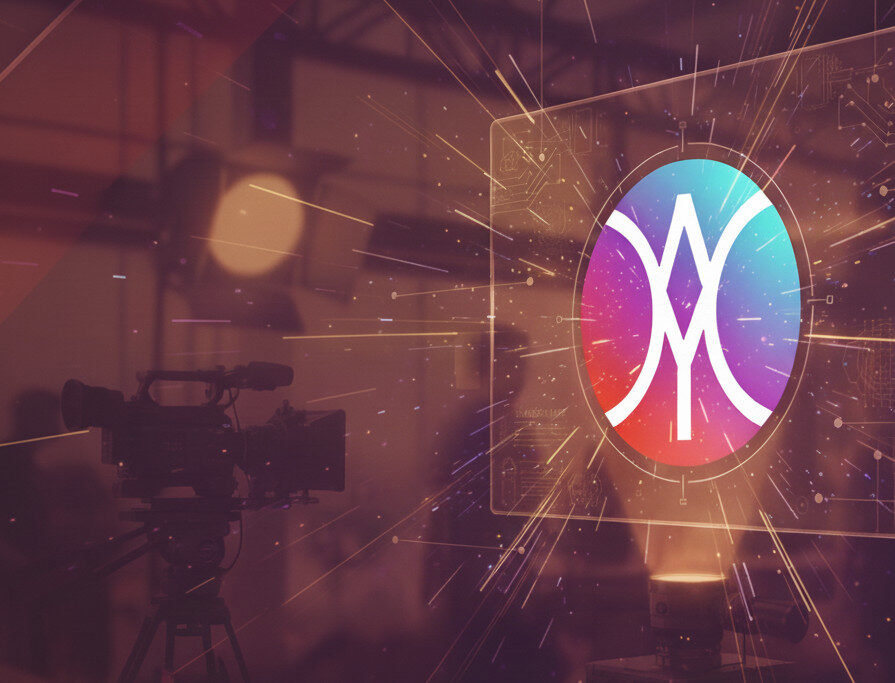Listen to this article
The Latest Controversy
The conversation around AI misuse often focuses on headline-grabbing incidents. Consider the recent controversy surrounding OpenAI’s GPT-4 image generator, released in the last week or so.
This model enables many practical applications, from creating ads with accurate products and text to advanced image editing. However, what has captured the internet’s attention is not these functional capabilities, but rather an artistic trend—people have flocked to generate thousands of images of Studio Ghibli-inspired art. In a matter of seconds, users can transform any image, photograph, or drawing into a “Ghibli-fied” version of itself.
Naturally, this has intensified the already contentious AI debate within creative and technical communities. This particular case seems to sting more than previous incidents, especially given Hayao Miyazaki’s comments on AI from several years ago, where he described early-stage AI-generated animation as “an insult to life itself.” Many in the creative community view this trend as an additional level of disrespect, beyond a simple copyright dispute.
But the problem extends beyond this single situation—there’s a broader challenge for artists and IP owners to protect their works from being recreated and misused in our increasingly AI-driven world.
How Does This Happen?
The vast majority of generative AI tools evolved from research projects into commercial products. During these crucial developmental years, researchers used many publicly-available datasets to train AI models to explore possibilities. While not always adhering to best legal practices, this approach was often permissible in the research community as long as the work remained non-commercial.
However, as AI’s potential became apparent, businesses formed, products launched, and investment surged. This is how companies like OpenAI emerged—ironically named, given it no longer makes its models openly available to the research community. As investment and acquisitions increased, so did profit expectations, effectively forcing businesses to monetise their AI products.
This is how the work of prolific artists began to appear in these models’ capabilities. As more people use these models to reimagine their favorite works, they further train the algorithms, enabling them to better replicate popular styles. When this AI-generated art is widely shared and appreciated, it creates a self-fulfilling cycle where distinctive styles like Studio Ghibli’s become increasingly accessible for AI users to reproduce.
What Can Be Done About It?
The UK is currently reconsidering how copyright will function in the AI era. While the final outcome remains unclear, it will continue to be a complex issue.
Those with popular styles and intellectual property are rightfully concerned about people claiming copyright over clear “knock-offs” of their work. Similarly, those looking to use AI responsibly may be actively trying to avoid incorporating existing IP into their AI-generated outputs. These represent related but distinct challenges.
Terms vary among AI providers, but here are some key considerations—whether you use AI yourself or are looking to protect your work from it. NOTE: The landscape is always changing so please contact us directly for up-to-date guidance.
For Creators: Opt-Out Options
Most AI tools offer ways to request the removal of your art from their training datasets. This won’t retroactively remove your work from already-trained models, but it can prevent future use in model improvements. With new and better models constantly in development, taking this step is worthwhile if you want to protect your creative output.
For AI Users: Work Privately
For major platforms like ChatGPT or other web-based tools, look for settings that prevent your inputs and outputs from being shared or used for model retraining. For complete privacy, consider using models you can run offline, directly on your computer. Seek technical assistance if you’re unsure how to implement this approach.
For IP and Brand Owners: Engage with Tool Providers
To protect inputs, some generative AI platforms prohibit users from uploading or referencing third-party copyrighted content without explicit authorization. This is partially enforced by filtering celebrity names or brand names in prompts (e.g., blocking requests for Mickey Mouse images) or using automatic image recognition for uploaded content. Currently, there aren’t straightforward ways to add new brands or celebrities for protection—an area ripe for development.
For monitoring AI outputs, tool providers can screen and remove content containing unauthorized IP. Ironically, this monitoring itself requires AI. Since many brands want to use AI-generated images featuring their own IP, creating a universal system remains challenging. Improvements in this area are ongoing.
Finding a Silver Lining
While completely protecting artwork from replication may not always be possible—a long-standing challenge exacerbated by AI developments—some creators are embracing the new landscape and finding ways to profit from AI’s use of their art.
Though they may not generate headlines, some AI companies are implementing mechanisms to address the unfairness around copyrighted works being used in model training:
- Shutterstock AI has successfully operated their Contributor Fund for several years, compensating artists each time Shutterstock’s generative AI models are used.
- More recently, AI avatar company Synthesia took a novel approach by offering company shares to artists and performers who contributed to their training dataset, creating a system of shared success with creatives.
We hope to see more initiatives like these to make the ecosystem fairer and more beneficial for everyone involved.
Conclusion
The landscape is complex—but whether you’re pro-AI or anti-AI, engaging with conversations about protecting creative work and fair compensation is crucial. Taking action to protect your work and IP from unfair use by tool providers and their users is important. Equally encouraging are the emerging opportunities for responsible AI use. By thoughtfully leveraging this technology and incorporating your own styles rather than others’, many artists can benefit from these advancements and reclaim creative agency in this evolving digital environment.



